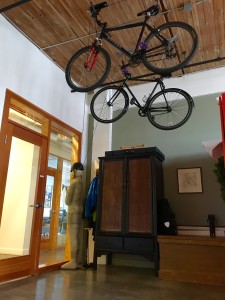 “Innovation” and “Sustainability” figure prominently in the tag cloud of business speak. Many of our customers across a variety of industries are contending with questions that center around the idea of inculcating a culture of innovation and selecting technologies that are consistent with the principles of sustainability. In places where both of these topics are trending, the question sometimes arises about whether being innovative and sustainable are mutually incompatible.
“Innovation” and “Sustainability” figure prominently in the tag cloud of business speak. Many of our customers across a variety of industries are contending with questions that center around the idea of inculcating a culture of innovation and selecting technologies that are consistent with the principles of sustainability. In places where both of these topics are trending, the question sometimes arises about whether being innovative and sustainable are mutually incompatible.
Is it possible to establish, maintain, and advance a sustainable technology platform AND to support and promote innovation?
Unequivocally yes. The well-balanced blend of technological innovation and sustainability is fully realized in certain organizations, it’s an emerging condition in some, and it’s an objective that is being defined and targeted in others.
When people start to ask questions like this, interesting things are about to happen. The prospect of change is at the door. Based on a collaborator’s first-hand view of how these dynamics can intertwine, and without further adieu, we offer you the NINE (because ten would be over-assuming our place in the universe) commandments of being an Innovative AND Sustainable organization with regards to your use and adoption of technology.
1. Thou shalt leap from a solid platform
Method is important. Knowing your basic toolkit is important. The efficiencies brought by new tools will tend to be markedly greater when they are being added to an existing toolkit that is used with a certain degree of mastery. If your tech platform is in chaos, you’re leaping from a water bed. Solidify the fundamentals, then to innovation.
2. Thou shalt be a scribe and reporter of thy work
Strive to be a self-documenting organization.
Documentation? For reals?
Yes. Documentation that will be done after something is done… never gets done. Documentation is not a separate task. It is a parallel practice to every significant activity and endeavor. It is a means of socializing and actively communicating in real time. Journaling is a feature of leading innovators, both because it solidifies standard operating procedures and because it highlights and promotes innovative ideas, changes, and approaches to doing better. This is a vital practice for weaving sparkly new tinsel into your nest – strengthening the old with the new.
3. Thou shalt promote a spirit of inquiry
Make inquiry and personal exploration a part of your organization’s culture. It’s a job requirement to share what you’re looking into, why, what you’re finding. Allocate time for researching and communicating about it. Companies such as Google, Hewlett-Packard and 3M have used this practice with success. GMail, ink-jet printers, Scotch-tape and Post-It notes are the result of such policies.
4. Thou shalt share
Keep the lines of communication open. Use whatever method works best for the culture of your organization; whether it’s stand up meetings or a team wiki – or both. As often as not, different departments at a single organization are totally unaware of the fact that they share identical problems or are concurrently working on solutions to the same problem. Find a way to regularly communicate and collaborate with colleagues in other departments. Keep crossing boundaries until they are scuffed and fading. You’re all on the same team.
5. Thou shalt integrate
Back up your data. Good? Now promote it. Tell others what you’ve got, what’s in it, where it comes from. Ask what they’ve got. Tell them what you wish you could get. Give it away, give it away… Make your data as interoperable and accessible as possible. There is hidden treasure on your file server, on the H drive in environmental, in the Denver office, in your CRM, in the next cubicle over. Easing the exchange of data is low hanging fruit that many people walk past blindly every day. Some of the most powerful change may come from a second look at what you already have.
6. Thou shalt know when to hold’em and when to fold’em
Standardize your decision-making process so that you can quickly and efficiently assess the value of personal exploration and research. Be decisive about whether to continue, elevate or abandon. If you decide to continue with an initiative, provide the proper support. Develop some structure for how to further assess and then begin to integrate technology and ideas that continue to show promise as they pass through the gates of scrutiny. At a certain point, questions about the fit with or extension to your existing technology platform and workflows should be applied to a return on investment analysis of proposed changes.
7. Thou shalt always keep the organization’s mission in mind
Innovation is a wonderful thing, better yet when it actually serves the needs of the organization. Sometimes people can lose focus of the organization’s goals as they are working on something new and exciting. At a certain point, people should be gently challenged and then increasingly challenged to connect a new approach or tool set to the core mission. What strategic objective does this support? How does this fit into our existing methods of work and tech toolkit?
8. Thou shalt embrace change
Change happens, constantly. The point of innovation should be to make change easier, to direct it, speed it, and make it more productive.
9. Thou shalt know that this list is not for all
Seriously. Not all organizations need or want to be innovative. “If it ain’t broke, don’t fix it” is a phrase that’s stuck around for a while for good reason.
Fear of lightning hastens the conclusion of this blog post. There are surely other key points that could have been added. But this is a good start for two cups of coffee. We hope you find some value and are maybe inspired to share some ideas that you think are successful. We welcome comments!
If you’d like to talk to us about how we can help your organization, please feel free to contact us.








 “Innovation” and “Sustainability” figure prominently in the tag cloud of business speak. Many of our customers across a variety of industries are contending with questions that center around the idea of inculcating a culture of innovation and selecting technologies that are consistent with the principles of sustainability. In places where both of these topics are trending, the question sometimes arises about whether being innovative and sustainable are mutually incompatible.
“Innovation” and “Sustainability” figure prominently in the tag cloud of business speak. Many of our customers across a variety of industries are contending with questions that center around the idea of inculcating a culture of innovation and selecting technologies that are consistent with the principles of sustainability. In places where both of these topics are trending, the question sometimes arises about whether being innovative and sustainable are mutually incompatible.